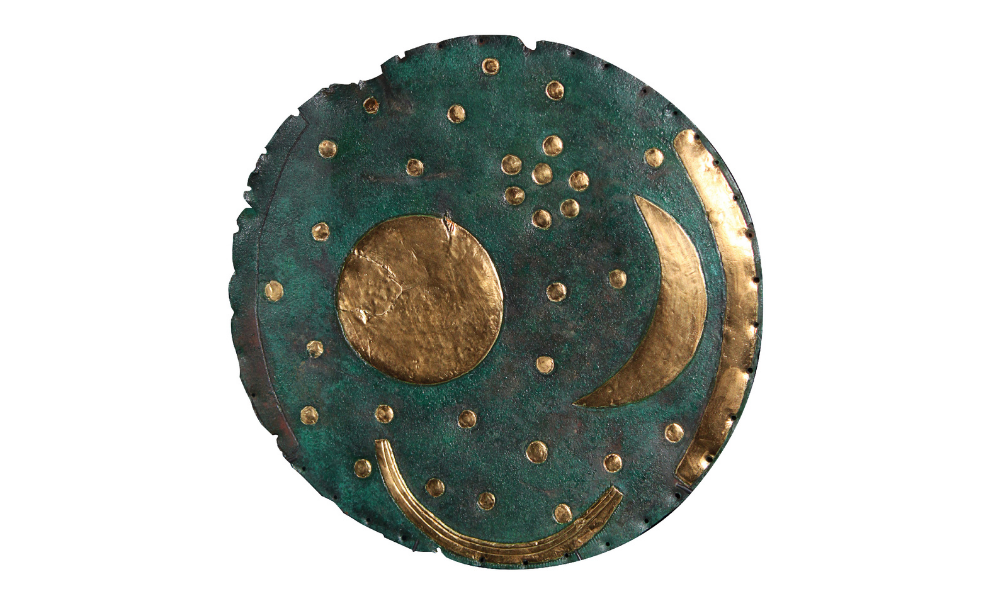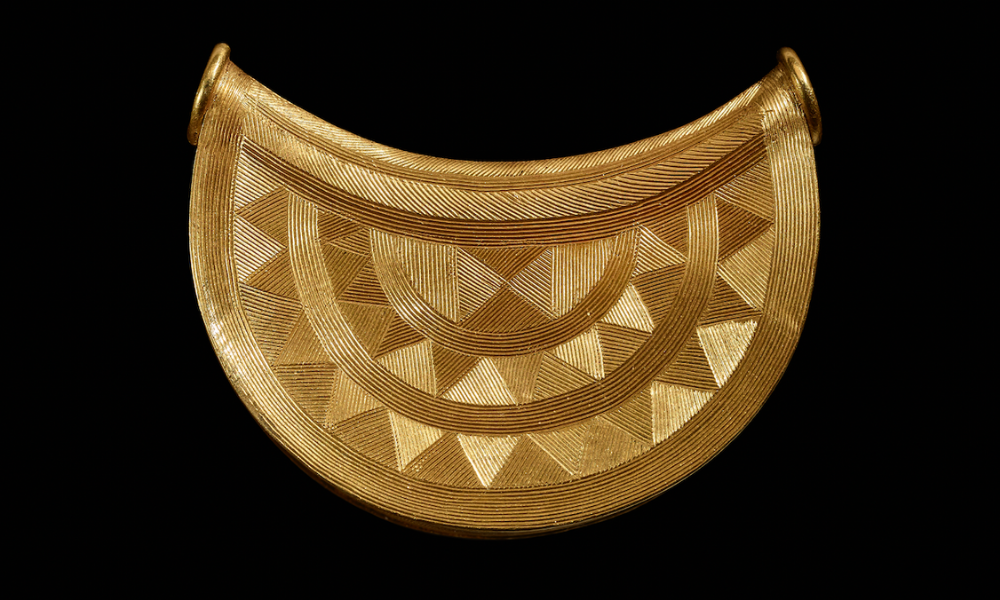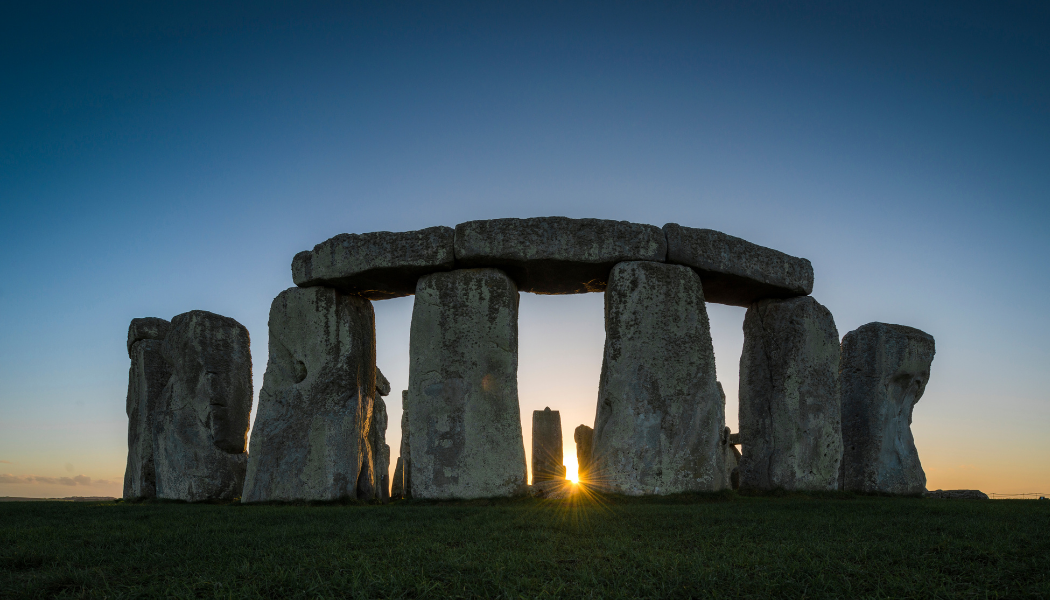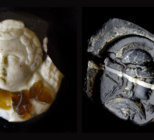The world’s oldest map of the stars will go on display for the first time in the UK at the British Museum.
The object is to become a centrepiece of a ‘The world of Stonehenge’ exhibition, open at the museum in February 2022, alongside hundreds of objects brought together from across Britain and Europe, telling the story of the famous landmarks.

The ‘Nebra Sky Disc’ is 3,600 years old and is claimed to be the oldest surviving representation of the cosmos anywhere in the world.
The 31cm bronze disc is thought to represent the sun, moon, stars, the solstices and the constellation of the Pleiades. It was discovered in the ground in 1999 near the German town of Nebra, and will be loaned from the collection of the State Museum of Prehistory in Halle.

Also on display in the exhibition will be a rare 3,000-year-old sun pendant, described by the British Museum as the most significant piece of Bronze Age gold ever found in Britain.
Neil Wilkin, curator of The world of Stonehenge at the British Museum, said the Nebra Sky Disc and the sun pendant are “two of the most remarkable surviving objects from Bronze Age Europe”.
“While both were found hundreds of miles from Stonehenge, we’ll be using them to shine a light on the vast interconnected world that existed around the ancient monument, spanning Britain, Ireland and mainland Europe. It’s going to be eye-opening.”










